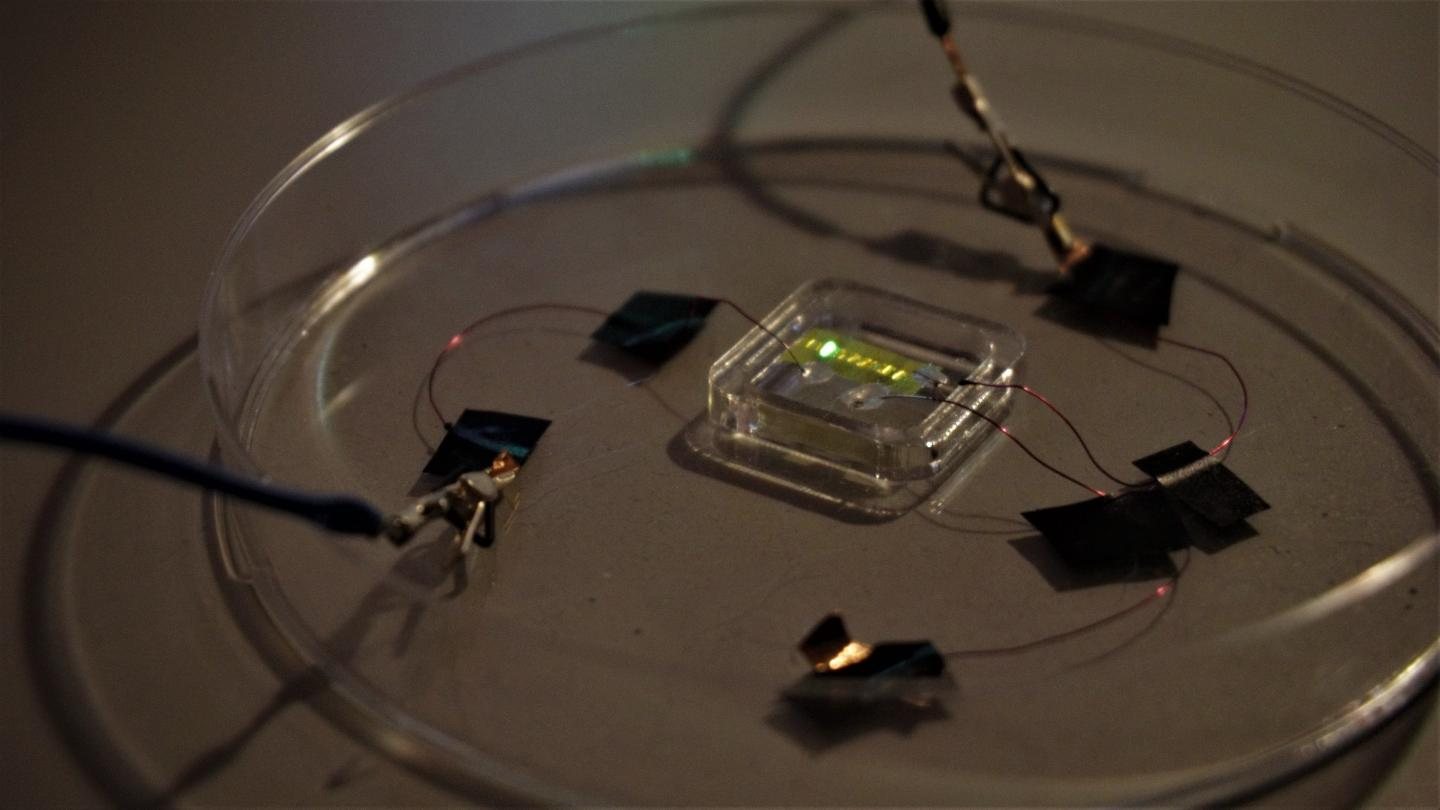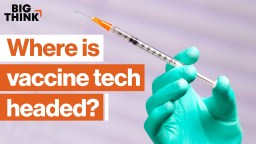MICHAEL DOWLING: Health care has been at the forefront of technological development for decades. A lot of the technology has been after you get sick and you come in. But where we have to be much, much more in the forefront is how we connect the consumer to the service, to the provider, and how we take care that was once done in a hospital or out into the community or into the home. So today, telemedicine is huge. Telehealth is huge, telepsych, Telestroke, Tele-ICU – we have probably close to 100 ICUs all over the place. So we can actually, from one central location, we can talk to the patient in an ICU bed at any one of our facilities. We can assess the condition of the patient. We can talk to the physician who is at the bedside. We can provide more assistance to that physician and those nurses as to what to do with that patient. It actually can reduce cost overall. It actually can reduce the percentage of people in ICUs.
Bioelectronic medicine is another area which is a huge advance. And that's the result of research has been done over the years, most of it being done by physicians in our organization, where an implantable device can actually moderate the immune system to deal with issues like arthritis, lupus, Crohn's, and many others, without the use of traditional medications. So I think, as we go forward, that wearable devices, implantable devices, will become standard. The analogy I often use is you get into your car. You turn on the car. A dashboard shows up that shows you the vital signs of the car. So just imagine – and this technology is available today in many cases, and it will be more available – that you have an implantable device in your body. So when you get up in the morning, a dashboard shows up on a Fitbit type piece of equipment or a watch that shows you all your vital signs.
The danger with it, of course, is that you'll have an awful lot more people wanting more treatment when that happens. Because they will wake up thinking, oh, my god, look at this. My blood pressure is higher than it should be. I'm not one of those people that believes that all this technology will actually reduce cost. The more that people are able to identify what's wrong with them, the more services that will be required to be delivered, which could, of course, run contrary to what an awful lot of people talk about, which is, how do we reduce overall cost of health care? I don't think people make this connection. And these technologies will allow you to self-diagnose or diagnose more. So therefore, you'll have more people with real and perceived problems that they did not know anything about before you had the technological ability to actually identify it. So there is this vicious cycle, which, in fact, becomes a big, big part of the discussion around health care costs. Because nothing is static. Everybody says, reduce the costs, but at the same time we're identifying more and more things that people can get treated with and get treated for, which, of course, goes in the opposite direction.







